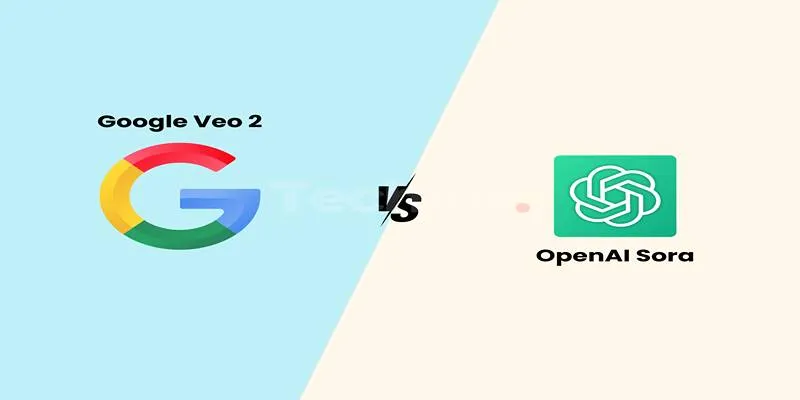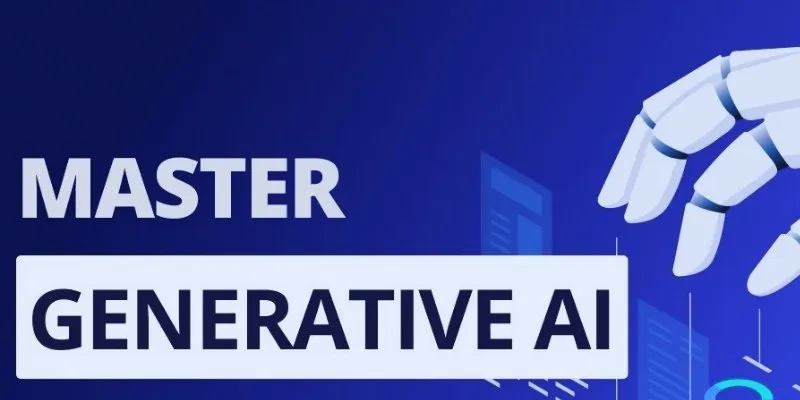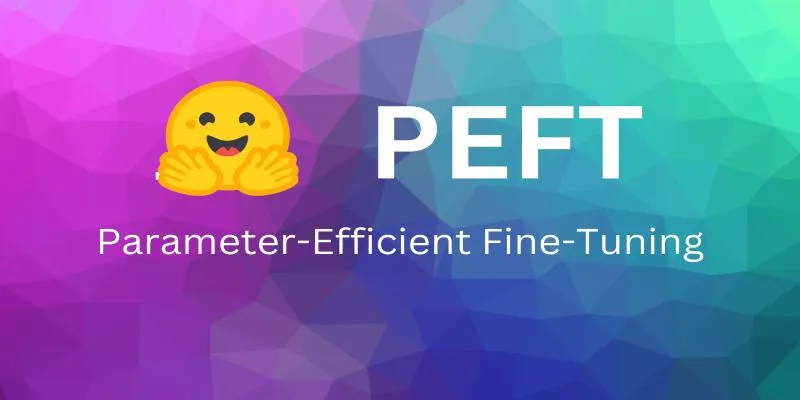Artificial intelligence (AI) has made significant strides in recent years. What began as basic chatbots has now evolved into sophisticated systems capable of thinking, learning, and even writing. Among the most exciting advancements is OpenAI’s new creative model, renowned for its exceptional writing and storytelling abilities.
This cutting-edge AI functions like a skilled writing assistant, whether crafting an emotional story, a clear blog post, or even poetry. In this article, we’ll explore how this model operates, what sets it apart, and how it’s transforming everyday writing practices.
Why OpenAI’s Model Excels at Writing
OpenAI’s new creative model is celebrated for its exceptional writing capabilities. But what does this really mean? Being “good at writing” extends beyond correct grammar and smooth sentences. It’s about the model’s understanding of what makes writing meaningful and its ability to transform simple prompts into content that feels both personal and polished.
The model doesn’t simply generate words; it creates new ideas, links them together, and writes in a way that sounds natural and human. It understands how language is used to connect and interact, whether to tell a story, explain an idea, or capture a mood.
One of the key reasons it excels is its understanding of writing flow. The text it produces isn’t just correct—it feels right. It follows a logical sequence, transitions smoothly from one idea to the next, and maintains the reader’s interest from beginning to end.
Natural Tone and Voice
Unlike many older AI tools that often sounded robotic, stiff, or repetitive, this new model speaks in a voice that resembles a real person. It adapts to your tone—whether formal, friendly, dramatic, or casual. It’s like working with a thoughtful co-writer who can adjust to your style and help you express yourself more clearly and effectively.
Whether you’re writing a blog post, a heartfelt story, or a piece of creative fiction, the model chooses words that match the mood. It adds emotion, variation, and rhythm to your sentences in ways that feel intuitive and engaging.
A Strong Grasp of Storytelling

One of the clearest indicators of this model’s writing prowess is its storytelling capability. Good stories require structure, pacing, characters, dialogue, and emotion—and this model excels in all these areas. It knows how to start a story with a hook, build tension, and conclude with a satisfying resolution.
If you introduce a character at the start, the model remembers and maintains their behavior consistently. If a plot twist is needed, it provides one that fits the theme. This storytelling awareness reflects a deeper creative understanding , beyond mere surface-level generation.
Adaptability Across Topics and Formats
This model’s flexibility is another standout feature. It doesn’t just excel in one area—it performs well across various topics and writing formats. Whether it’s a how-to guide, a persuasive email, a narrative story, or a poetic piece, the model tailors its approach to the task.
It is ideal for diverse users—students, professionals, marketers, teachers, or hobbyists. Regardless of your project, the model adapts and delivers content that feels tailored and appropriate for the topic.
Emotion and Expression
One of the subtler reasons the model is “good at writing” is its ability to express emotions. It can craft dialogue that feels heartfelt or write a paragraph that persuades gently without being forceful. Emotion adds depth to writing, and this model handles it with care and balance, even in technical or informational content.
Enhancing Writers’ Clarity
Another crucial advantage of this model is its ability to help users think and write more clearly. It doesn’t just generate full pieces of content—it helps break down thoughts, organize ideas, and guide users toward better writing.
You can start with a messy outline or a few key points, and the model will expand them into something structured and coherent. It encourages good writing habits by demonstrating what clear, logical, and well-paced content looks like. For novice writers, this is invaluable; for seasoned writers, it’s a quick way to draft or refine content.
Overcoming Writer’s Block
Every writer has faced writer’s block—the frustration of not knowing how to start or what to say next. This model acts like a brainstorming buddy, always ready with suggestions. It offers alternative sentences, fresh perspectives, or even entire sections when you’re stuck.
Its fluency provides a solid starting point. Even if you don’t use everything it suggests, the momentum it generates can help you move forward with confidence, making it incredibly useful.
Creativity Through Collaboration

Perhaps the most refreshing aspect of using this model is that it doesn’t aim to replace your creativity—it enhances it. You’re still in control. The AI doesn’t take over; it collaborates. You bring the ideas, the feelings, and the goals, while the model helps shape them into something clear, engaging, and well-written.
This creative partnership feels less like using a tool and more like co- writing with a very smart, very fast friend. The result is writing that’s not only technically sound but also emotionally resonant and uniquely yours.
Conclusion
OpenAI’s new creative model represents a significant advancement in AI-powered writing. It’s intelligent, flexible, and remarkably adept at creating content that sounds natural, personal, and clear. For anyone who writes—be it for work, school, or pleasure—this tool can be a game-changer. It doesn’t replace human creativity but supports and enhances it in powerful ways. With the right guidance, it helps individuals express themselves better, faster, and more confidently than ever before.
 zfn9
zfn9























